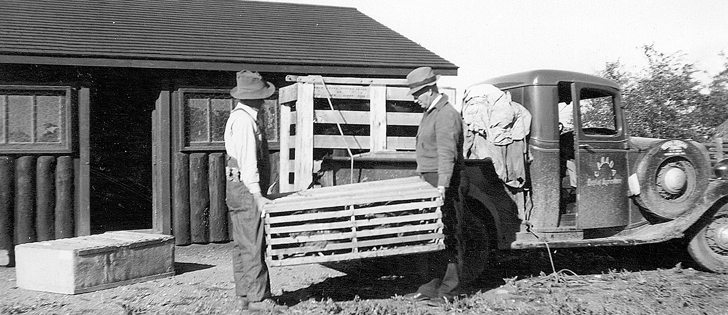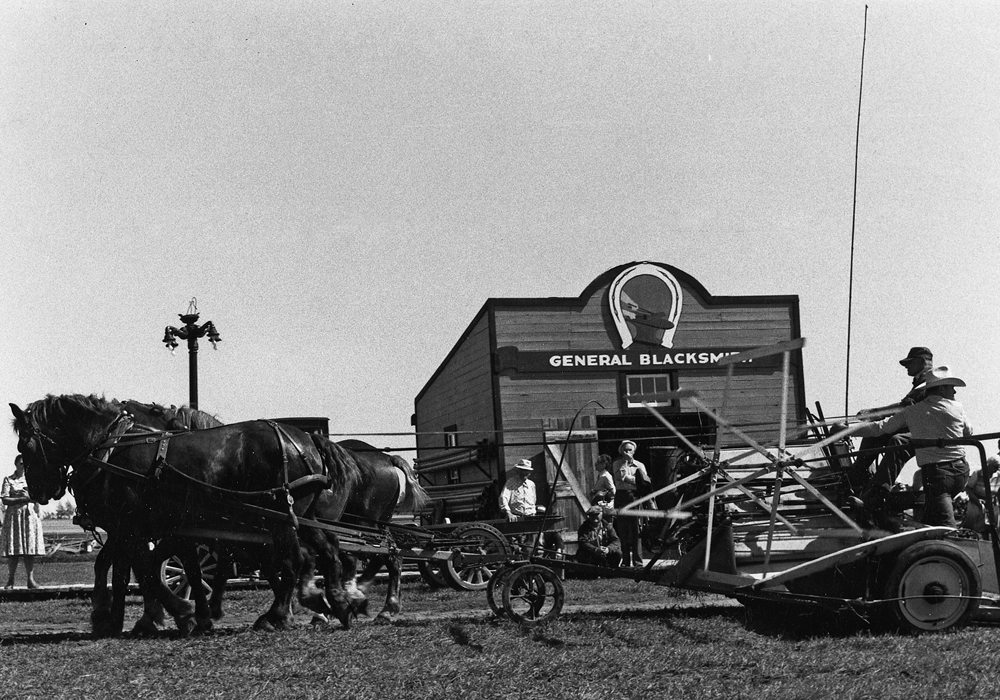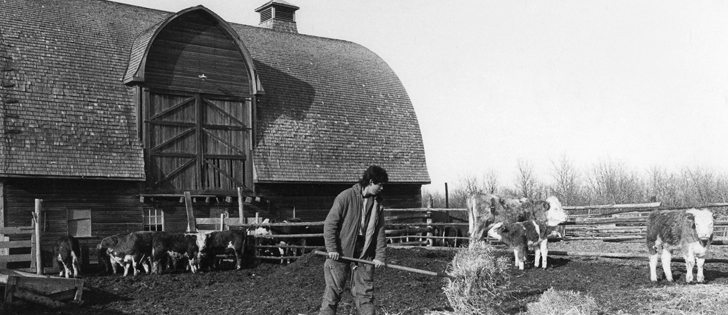The Western Producer takes a weekly look at some of the stories that made headlines in issues of the paper from 75, 50, 25 and 10 years ago.
75 years ago: Sept. 4, 1941
Reports from Saskatchewan Wheat Pool elevator agents were indicating that wheat production in the province would be half what it was in the previous year, falling to 138.85 million bushels from 272 million bu. in 1940.
The dominion government had previously launched a program to reduce wheat production in the country as a way to support the war effort.
Read Also

Proactive approach best bet with looming catastrophes
The Pan-Canadian Action Plan on African swine fever has been developed to avoid the worst case scenario — a total loss ofmarket access.
The relief program that was initiated during the Dirty Thirties had all but disappeared in rural Saskatchewan. Only one rural municipality was in receipt of government assistance in July to pay relief costs for ordinary municipal cases.
50 years ago: Sept. 1, 1966
The Manitoba government launched an inquiry into the Manitoba Vegetable Marketing Commission following reports that more than half of the province’s vegetable growers were selling their produce illegally. William De Vos, president of the Vegetable Producers’ Association of Manitoba, said the commission’s monopoly powers were prompting the illegal sales and forcing smaller producers out of business. The commission had been established Dec. 1 of the previous year.
K.E. Bowren, a tillage and cropping researcher at the federal Experimental Farm near Melfort, Sask., said more farmers were seeding cereal crops into stubble every year. The practice reduced summerfallow and controlled soil erosion, he added. However, he said that the practice had to be carefully managed to avoid a buildup of trash from previous crops that could make seed placement difficult.
25 years ago: Sept. 5, 1991
The Alberta government was repainting its grain hopper cars to promote tourism in the province. “It’s like a great rolling billboard for Alberta,” said Philip Mulder of the provincial public works department. “It says, ‘Take an Alberta Break … visit Barrhead,’ or it might say ‘visit Edmonton’ or ‘visit Stettler.’ ”
To demonstrate the hard times in agriculture, Keystone Agricultural Producers president Earl Geddes said he had recently delivered barley worth $1,119.90 to a grain elevator but didn’t see a penny of it because it went to pay back the previous year’s interest-free cash advance. Farm groups were asking Ottawa for emergency assistance because of low grain prices.
10 years ago: Aug. 31, 2006
Wheat growers appeared to be entering a new era of varietal choice. AC Barrie, which accounted for 48 percent of seeded wheat acres in 1999, was now at 18.8 percent.
“I think one can assume the days of a highly dominant variety are gone,” said Dale Adolphe, executive director of the Canadian Seed Growers’ Association.
A stronger Canadian dollar was wreaking havoc on grain prices. The loonie had gained 26 percent on the U.S. dollar in the past five years and was currently at almost 91 cents.

















